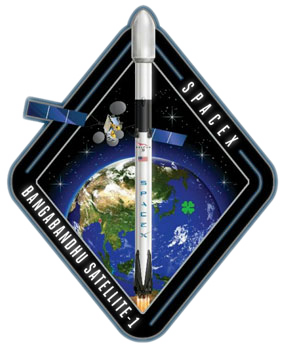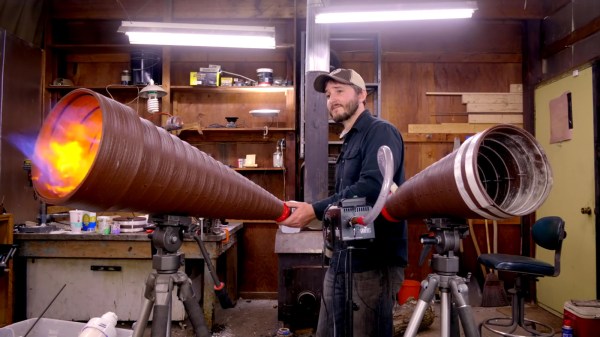Too many college students have been subject to teachers’ aids who think they are too clever to be stuck teaching mere underclassmen. For that reason, [The Thought Emporium] is important because he approaches learning with gusto and is always ready to learn something new himself and teach anyone who wants to learn. When he released a video about staining and observing plant samples, he avoided the biggest pitfalls often seen in college or high school labs. Instead of calling out the steps by rote, he walks us through them with useful camera angles and close-ups. Rather than just pointing at a bottle and saying, “the blue one,” he tells us what is inside and why it is essential. Instead of telling us precisely what we need to see to get a passing grade, he lets our minds wonder about what we might see and shows us examples that make the experiment seem exciting. The video can also be seen below the break.
The process of staining can be found in a biology textbook, and some people learn best by reading, but we haven’t read a manual that makes a rudimentary lab seem like the wardrobe to Narnia, so he gets credit for that. Admittedly, you have to handle a wicked sharp razor, and the chance of failure is never zero. In fact, he will tell you, the opportunities to fail are everywhere. The road to science isn’t freshly paved, it needs pavers.
If a biology lab isn’t in your personal budget, a hackerspace may have one or need one. If you are wondering where you’ve heard [The Thought Emporium]’s voice before, it is because he is fighting lactose intolerance like a hacker.
















